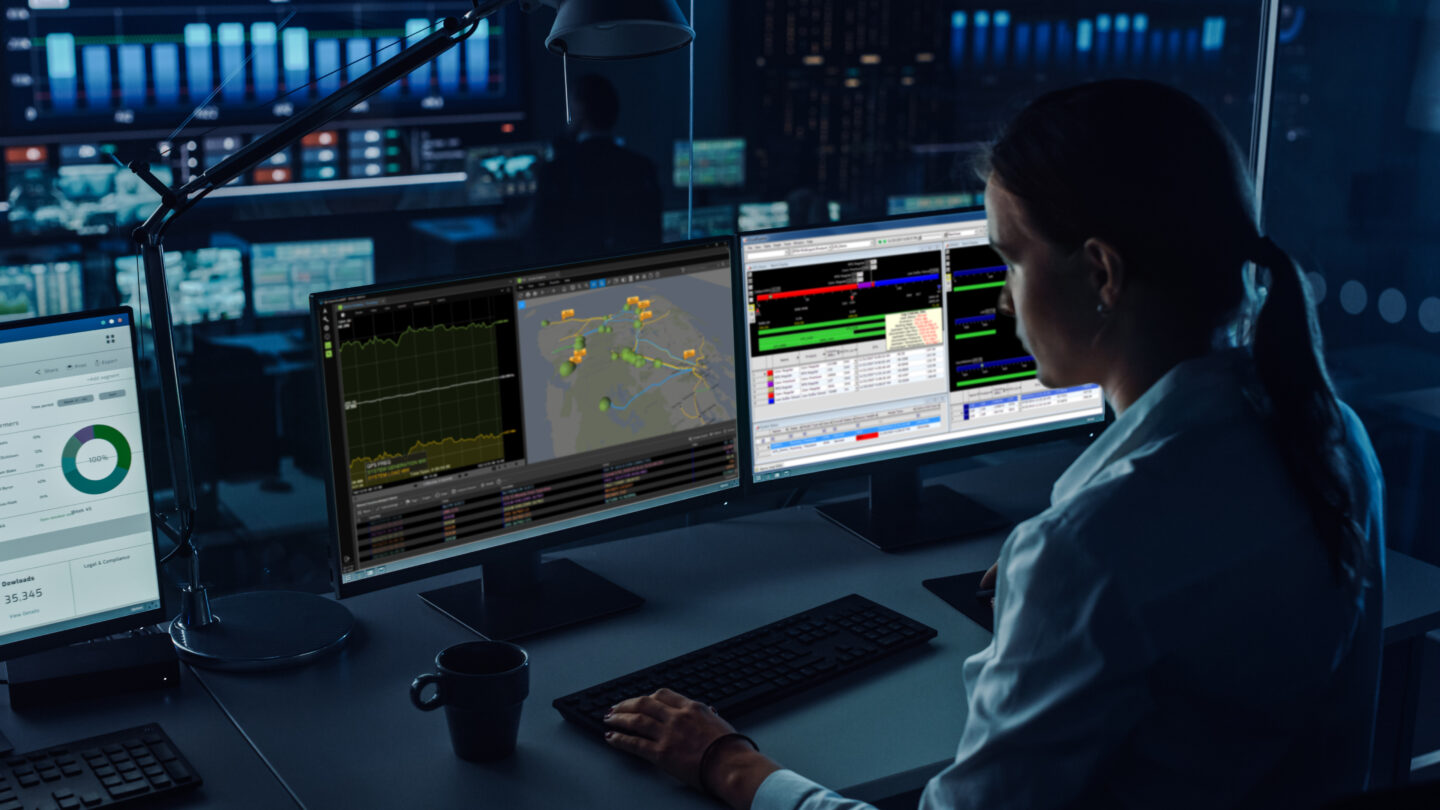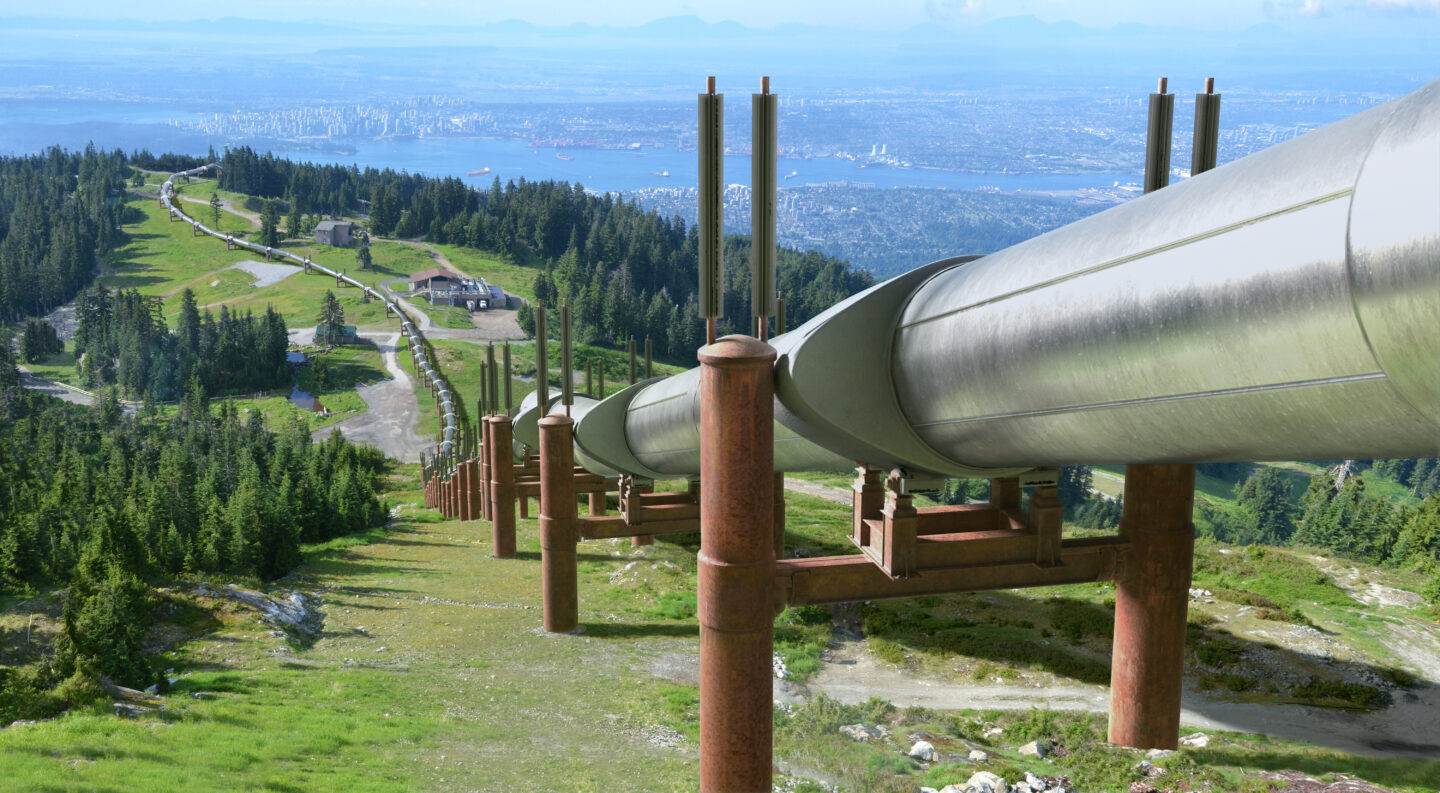
Today, it’s not only the public calling for more sustainability commitment from industry. In many cases, investors are increasing their interest in companies’ sustainability plans as well, leading more and more organizations to make very public commitments to reaching net zero emissions within the next decade or two. But for every commitment made, there are many people supporting the company’s operations who must find a way to turn that sustainability vision into reality.
For many midstream companies, the key to meeting that challenge lies in increasing flexibility. Some operators are looking at ways to convert their pipelines to transport hydrogen and carbon dioxide (CO2). But transporting these materials that are relatively new to the industry requires new methods of operation and monitoring, which in turn requires increased digitalization. To be successful, teams need a perfectly clear vision of what is going on—all the time.
Building on the vision
Emerson’s Julie Hatfield and AspenTech’s Ron Beck explore this concept further in their recent article in Pipeline & Gas Journal,
“Today, many organizations track their CO2 emissions on spreadsheets, a task they complete quarterly or even annually. Often, this results in teams not having a clear picture until the end of the year as to whether they met their commitments or not. And if they did not meet their commitments, they go into the next year behind the curve, and typically fall further and further behind as part of a continuous cycle.”
But to know if new, flexible strategies are working and, perhaps more importantly, worth the investment, teams need insight in real time.
“Consider an organization trying to achieve a 5% annual reduction in emissions. If the team is tracking its data by checking spreadsheets occasionally throughout the year—which leaves it unable to track and trend data effectively—it might miss a compressor station that is putting out 10% of the company’s total carbon emissions. And even if the team does catch the emissions by the end of the year, it has already lost significant ground toward net zero goals in the time that passed before discovery.”
“On the other hand, if the team identifies the issue in real time, personnel can make operational adjustments to ensure the organization meets targets, rather than only discovering the problem after the target has been missed.”
Modern software closes the gap
The key is to implement modern supervisory control and data acquisition (SCADA) solutions to help keep a finger on the pulse of operations. Today’s modern SCADA solutions bring real-time operational data from the field to operators—in the control room, in the field, or wherever else they may be. But to get the most out of those solutions, teams also need powerful industrial software to give them insight into how well their operations perform.
One of the most critical tools midstream operations teams need is pipeline management software, for analytics and real-time operational intelligence across their network. Hatfield and Beck explain,
“Pipeline management software uses simulation to turn complex pipeline data into intuitive charts, graphs, and maps that can be understood by operators of any experience level. Using these tools, operators more easily gain visibility into operations to know where product is at any given moment, what state or condition it is in, and how it will impact the system further down the line.”
But powerful reliability tools also provide critical benefits, empowering teams to stay ahead of problems. Teams using predictive prescriptive maintenance can identify problems early and intervene before they become catastrophic failures. This reduces time spent on low value add tasks and increases safety across the network.
Evolving tools support a changing industry
Hatfield and Beck dig deeper into how sustainability is changing industry, and how those changes are best navigated through increased use of industrial software and simulation. They explore how the drive for increased cybersecurity and the need to meet increasing regulation are also being met with industrial software solutions.
You can learn more, including seeing specific examples of how software can drive improvements in changing pipeline operations by reading the article in full.




